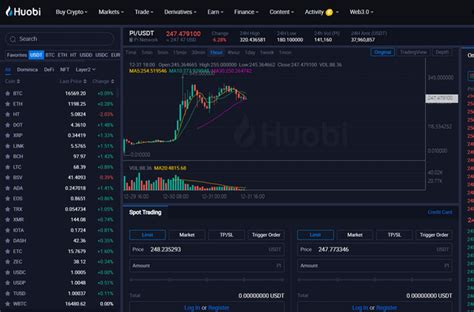Understanding of Litecoin’s market position (LTC)
Litecoin, also known as LTC, is a peer-to-peer cryptocurrency that has been in circulation since 2011. It was created by Charlie Lee, one of the co-founders of Bitcoin, and has cut out its niche in the world of digital currencies.
Mercato and volume capitalization
Starting from March 2023, the market capitalization of Litecoin (market capitalization) is around $ 2.5 billion dollars, making it an average level cryptocurrency in terms of size. Its trading volume is also relatively high, with an average daily commercial volume of about $ 500 million.
Comparison with Bitcoin
Litecoin was historically compared to Bitcoin and its performances have often been seen as a reference point for the wider cryptocurrency market. While Bitcoin’s price has significantly oscillated over the years due to various market factors, the Litecoin price has generally aimed to be more stable than Bitcoin’s.
In terms of market capitalization, Litecoin is slightly smaller than Bitcoin, which gives it an advantage in terms of liquidity and accessibility. However, the commercial volume of Litecoin is also higher than that of Bitcoin.
technical analysis
The technical analysis of Litecoin has been relatively strong over the years, with its price that often behaves well during the periods of greater institutional adoption and regulatory clarity.
Some Technical Indicators for Litecoin include:
* Media Furniture: LTC has constantly exchanged above the 50 -day mobile average (MA) and below its but 200 days in recent months.
* The relative resistance index (RSI): the RSI of LTC is often considered in a tendency to rise, with a reading of about 40-50 which indicates that the cryptocurrency is gaining momentum.
* Bollinger gangs: LTC has been exchanged in a restricted range in recent months, with its upper and lower bands that converge.
Fundamental analysis
From a fundamental point of view, the Litecoin market position can be characterized by:
* The adoption of the US dollar (USD): LTC is widely accepted as a value of value and a half of exchange in the United States, which has contributed to increasing its adoption rate.
* FRONT SUPPORT: The price of LTC was historically supported around the $ 150- $ 180 range, where it was exchanged during its 2017 bull race.
* Limited supply: the current offer of 84 million coins of Litecoin is relatively low compared to other cryptocurrencies, which could contribute to its greater value.
COMPANY ABLE
Despite its strong market position and positive fundamental indicators, Litecoin still faces several challenges in advance. Some of these include:
* Bitcoin competition: As for any cryptocurrency, the competition of established players such as Bitcoin Ethereum can limit the LTC growth potential.
* Regulatory uncertainty: The regulatory environment for cryptocurrencies is highly uncertain and unpredictable, which could affect the adoption rate of LTC.
* Safety problems:
As for all cryptocurrencies, safety problems around the management and storage of the private keys to Litecoin are essential to maintain trust in the network.
Conclusion
Litecoin (LTC) has cut out its niche as an average level cryptocurrency in the world of digital currencies. Its market capitalization is slightly smaller than Bitcoin, but its commercial volume is higher, making it more liquid and accessible. While Litecoin faces several challenges in sight, its strong fundamental indicators and the positive adoption rate suggest that an interesting investment opportunity remains for those who wish to diversify their wallets.
While the landscape of the cryptocurrency continues to evolve, it is essential that investors are informed about market trends and technical analysis.









